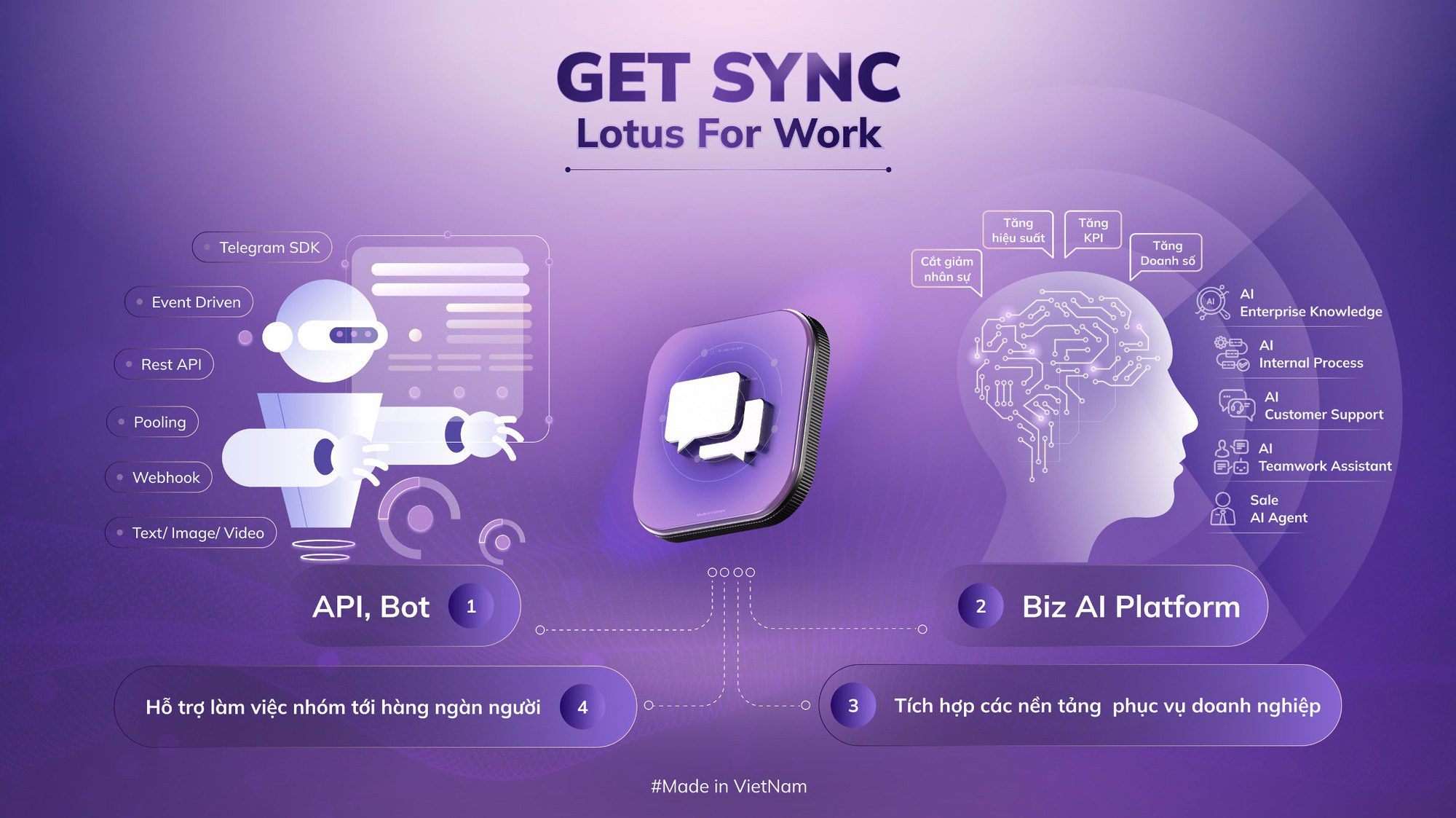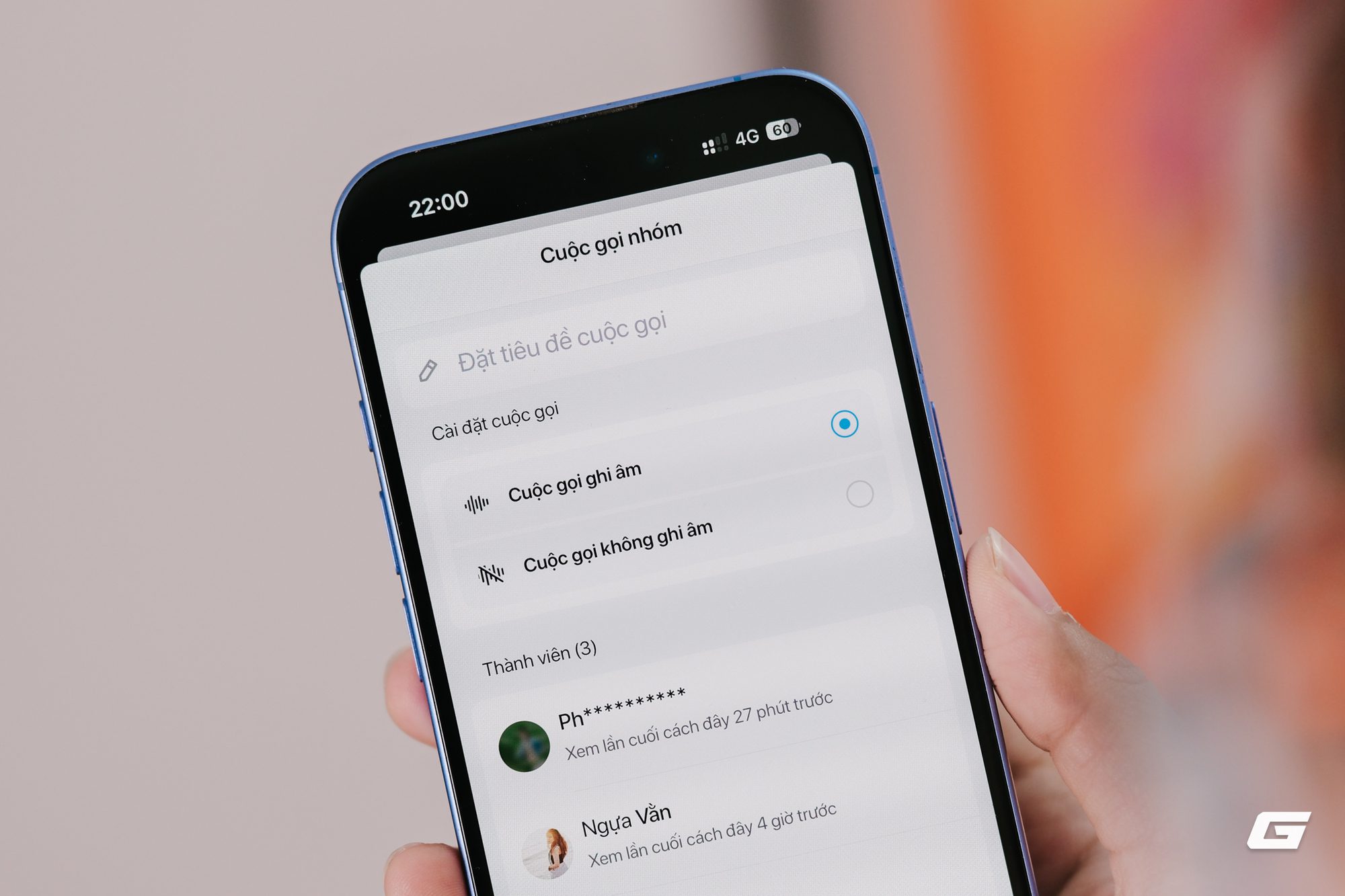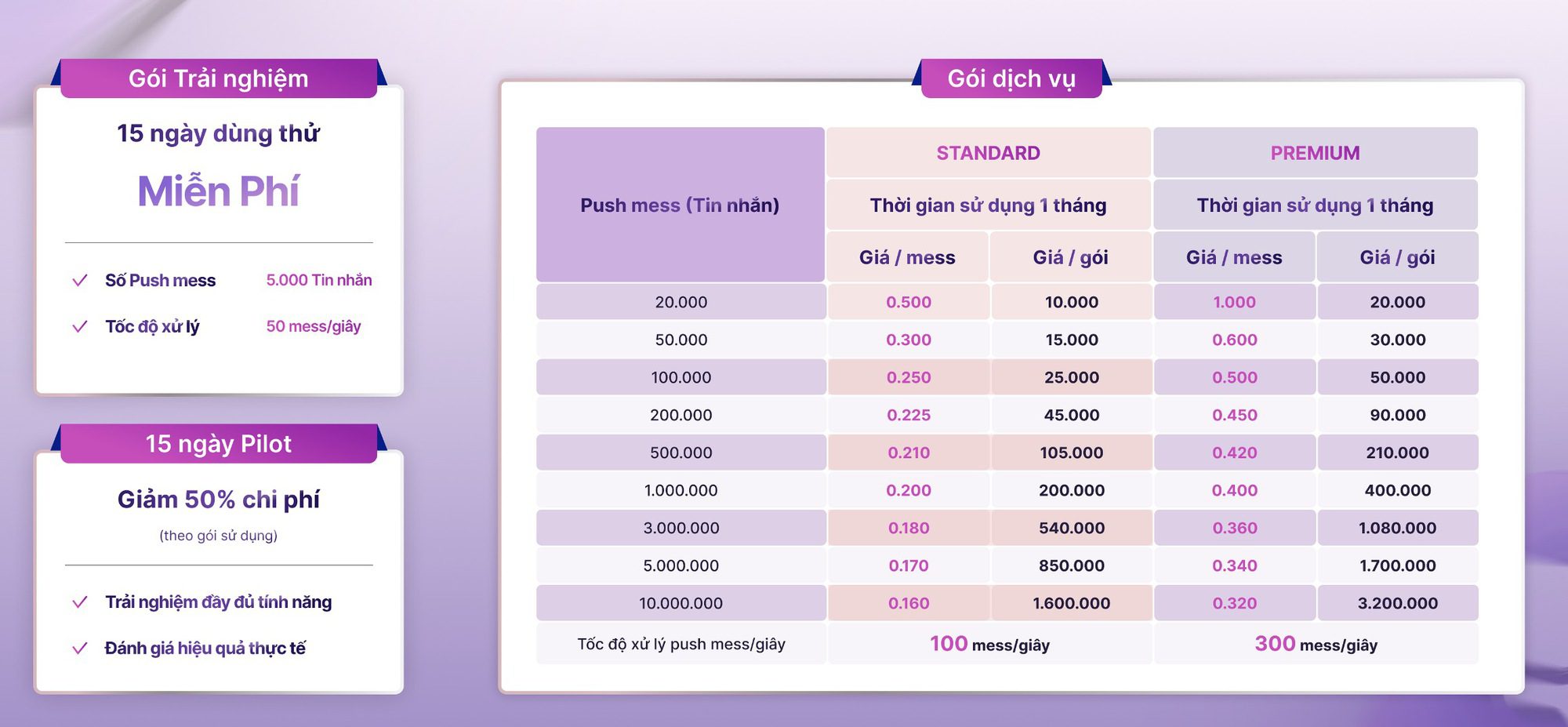The increasing presence of communication platforms such as Slack, Microsoft Teams, and Google Chat in Vietnamese enterprises is largely driven by the global trend towards digital transformation. This shift is not only about adopting new technologies but also adapting to unique operational frameworks. Many businesses, especially small and medium-sized enterprises (SMEs), are required to adjust their daily work methods to align with entirely different operational designs.

Global communication platforms are developed on a foundational structure that clearly defines their roles and operational processes. However, in the actual Vietnamese business context, the roles can often be flexible, with interactions between teams overlapping and the dynamics being socially influenced. The pressure to conform to rigid structures can lead to unnatural communication patterns that are inefficient, especially for SMEs.
The emergence of Lotus Chat can be seen as a long-term solution aimed at addressing this issue. It does not follow a copycat model or recreate existing experiences; instead, it poses a reverse question: can a communication infrastructure be built that reflects the habits, styles, inputs, and organizational culture of Vietnamese businesses as the baseline instead of an external template?
Communication Infrastructure and Social Structure in Vietnamese Enterprises
Workplace communication is intrinsically linked to the social context. In many cases, particularly in Vietnamese organizations, internal interactions are laden with relational nuances, cultural backgrounds, and informal norms. However, these factors are rarely accounted for in the design of international communication platforms, as they often do not align with the functional and specialized roles inherent in Vietnamese corporate structures.
Lotus Chat does not force users to change their working methods; rather, it creates conditions that allow for continuity in familiar working styles, albeit in a more modernized environment. By allowing a user to operate under multiple aliases in different chat groups, it integrates the social dynamics into the working environment while still accurately reflecting how Vietnamese individuals engage in their roles.

Importantly, the vision of Lotus Chat from the outset has focused on transforming work methods rather than merely facilitating communication. Its approach embodies an adaptive ecosystem that allows existing working practices to integrate into digital spaces, with minimal disruption to established habits and organizational cultures. While other platforms may impose standardization to enforce management and expansion, Lotus opts for a tailor-made approach, building specific functionalities for each user group to fit their operational context.
Lotus Chat aims to serve as a comprehensive messaging tool, with ambitions to evolve into a “smart solution” for Vietnamese enterprises—focusing on communication, roles, and behaviors that can be “encoded” to align with the internal context of each business, rather than relying on a one-size-fits-all solution.

What Does Lotus for Work Offer?
After nearly a year of implementation, Lotus Chat in general and Lotus for Work specifically is beginning to clearly define its role as a dedicated platform for organizations, with three main functional layers: flexible team communication support, integration of AI tools to optimize processes, and provision of an open API system for enterprises.
Lotus Chat allows users to utilize multiple identities within a single account, aligning with the flexible role dynamics of local enterprises. The private group system is enhanced with functionalities such as forwarding, screen capture restrictions, and helps manage sensitive content without needing additional IT intervention.
The group messaging system is pre-integrated, allowing voice recording during calls, and can accommodate a large number of members without reliance on external platforms. The capability to scale group sizes to thousands of users also provides significant benefits for organizations with customer service or community engagement models.

Moreover, the ability to log in via QR code and retain real-time data are core features that ensure Lotus Chat operates seamlessly as a formal communication tool in the business environment.
In terms of pricing, Lotus for Work adopts a flexible fee structure based on the number of messages sent (push messages), with three usage phases: free, trial (Pilot), and official service packages. New users can experience 5,000 free messages in 15 days at a processing rate of 50 messages per second. The Pilot phase lasts for another 15 days, allowing users to access all functionalities at a 50% reduced cost. Upon entering the official deployment phase, the system divides into two packages: Standard and Premium, corresponding to processing rates of 100 and 300 messages per second, respectively. Pricing varies according to message volume, starting at 0.5 VND/message (for 20,000 messages/month) down to 0.16 VND/message (for 10 million messages/month) for the Standard package, and from 1 VND/message down to 0.32 VND/message for the Premium package.

Additionally, the ability to easily adjust costs based on usage metrics, coupled with real-time monitoring, ensures that Lotus Chat remains a viable communication solution within the enterprise landscape.





















